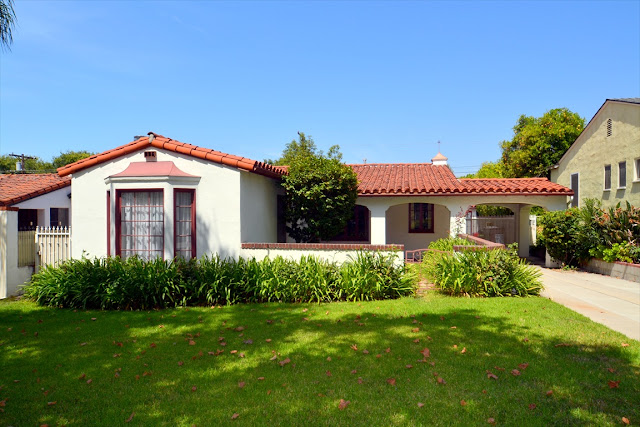Deconstruction/Deconstructive Architecture (Page 8)
Hence, once architecture got realised as a building, constructivism maintained the traditional role of architecture. It maintained the tradition of pure form and structure. There was only a stylistic shift which soon succumbed to the modern movement that was developing elsewhere. On the other hand, modern movement attempted to purify architecture by stripping off the ornament of the classical tradition in order to reveal the naked form and Structure that lay beneath. But like classical tradition they only managed to articulate the surface of form in a way that continued to mark their purity. Both form and structure continued to remain pure and stable.
Deconstructive architecture explores the relationship between the instability of constructivists and the stability of the modern. With the help of modern aesthetic abstractions, it tries to engage the radical geometry of the early Russian avant-garde. It applies a skin of the modern to the conflicting forms of constructivism in order to show the tensions that lie within forms. It irritates modernism from within only in order to deform it, destroy it. If it uses the formal vocabulary of the avant-garde, it is only to exploit a further radical possibility that the early constructivists provided that the later could not take advantage of. In a way, it completes Constructivism, by transforming it, twisting it. According to Mark Wigley, "This twist is the 'de' of 'deconstructive'." They are deconstructive because they derive from constructivism but also deviate from it.
Unlike with the Constructivists, the irregular geometry for deconstructive architecture is not understood as a dynamic formal aesthetic but rather a structural possibility and condition. It is not produced by conflict between pure forms but through conflict within those forms that provide for their distortion. This distortion is not due to some external force or violence. Deconstructive architecture distorts and disturbs forms from within. The internal disturbance becomes its internal and physical structure. The form distorts itself but is never destroyed. Deconstructive architecture is an architecture of disruption, dislocation, deformation, and distortion, rather than one of demolition, dismantling, disintegration, and decomposition. It dislocates Structure rather than destroying it.
(Continues...)




Comments
Post a Comment